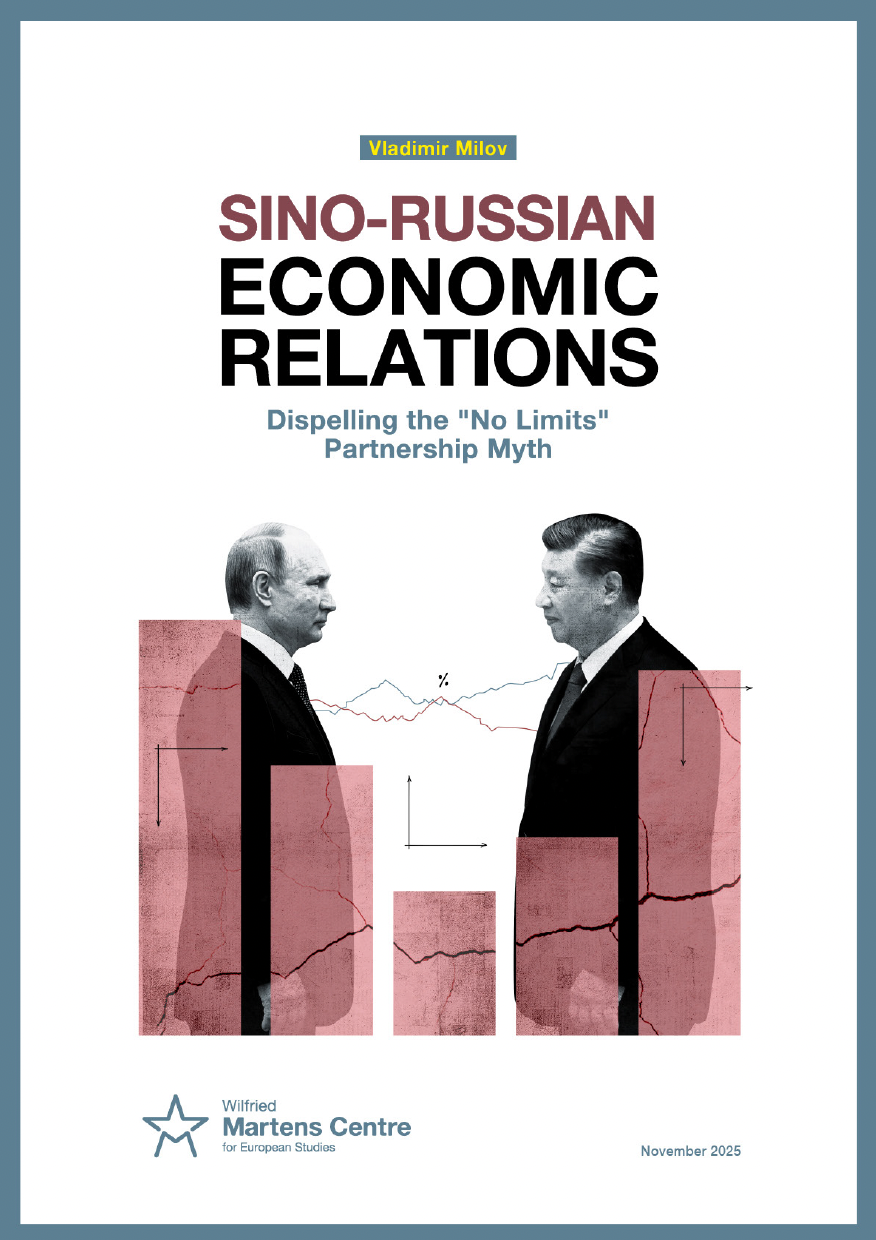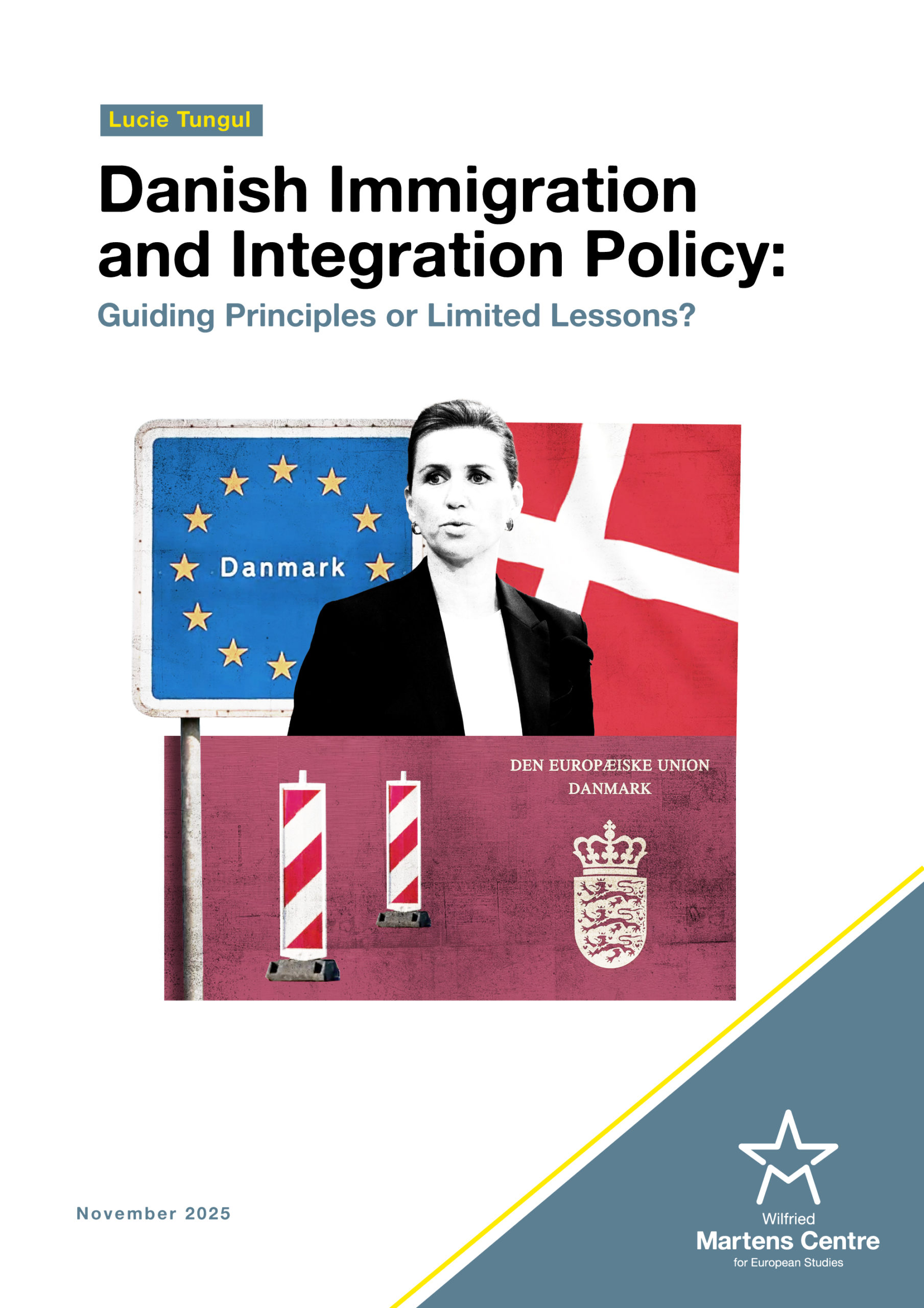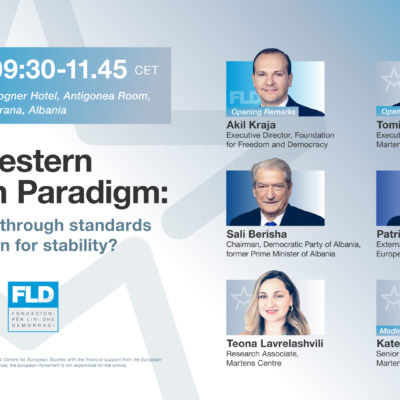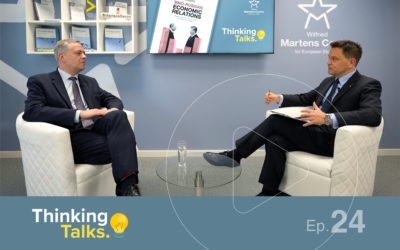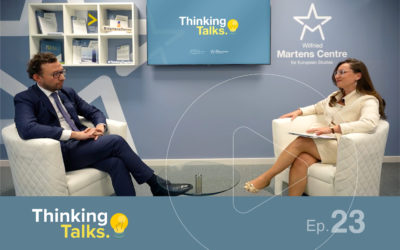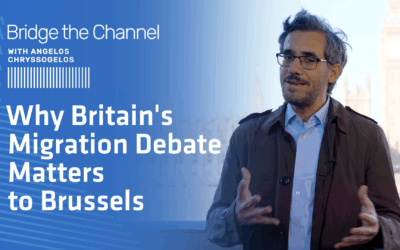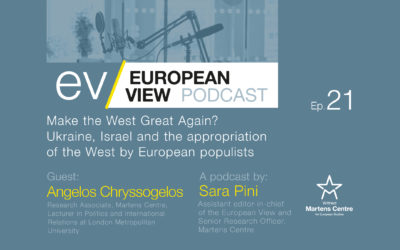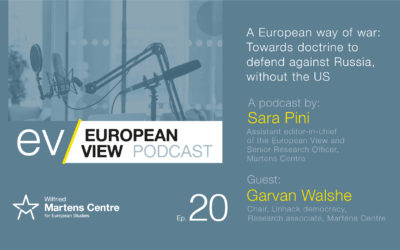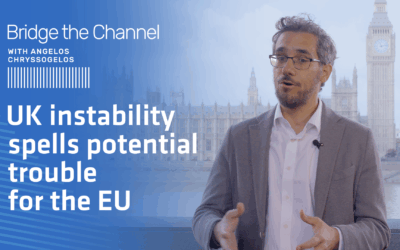Economy or immigration: which one tops the EU referendum debate?
23 June 2016
I don’t need to quote Bill Clinton to impress the importance of economic issues within the wider EU referendum debate. A recent YouGov poll that examined motivation for voting one way or the other showed the economy at the top of the tree in terms of broad policy (albeit behind the idea of the “right to act independently, and the appropriate level of cooperation with other countries”) a finding frankly unsurprising given the level of messaging on the subject by the mainstream media, both campaigns and an alphabet soup of official bodies over the last few weeks.
Twenty-three per cent of voters polled by YouGov cited the topic as more important than any other and the online conversation has long been dominated by finance and business- related opinions. The extent of this domination however, is on the wane, as social media users increasingly find the broad subject of immigration more discussion-worthy.
Figure 1

Immigration, and the distinctive yet linked by many in the debate, discussion of refugees and asylum has risen in prominence since the beginning of June, to become the second most discussed motivation category within the online debate, perhaps prompted by at least two events in the last week: one hugely controversial, one tragic. Figure 1 shows the movement across these motivation areas from May to June.
Figure 2

Figure 2 shows how these motivation areas have tracked since the beginning of May. Lines showing trends for discussion around the economy and immigration, in relation to the wider debate on the EU referendum, clearly converge. We have not reached a tipping point in terms of prominence and it might be interesting to speculate on how long the campaign we need to run before the lines would cross, but we are certainly approaching parity.
The reasons for this are varied. As noted, social media debate does not exist in a vacuum and mainstream media and offline events have certainly helped to nudge immigration to the fore, but this trend existed before last week’s UKIP “Breaking Point” billboard and the murder of MP Jo Cox. It may be that, as both campaigns have upped the ante in the last few weeks and the debate has grown more poisonous, issues that were once the preserve of political extremes have become normalised.
We could look further at the proportion of owned content posted by each official campaign account on the subject of the economy and immigration. To what extent has the nudge become a shove? Has the dog whistle become a foghorn?
We can understand a lot more about the nature of the debate by graphing the conversation. As outlined in my previous piece on Brexit, pro-Leave campaigners have consistently generated the majority of the noise on referendum-related subjects, with this changing little since the end of March when I first measured the subject.
Figure 3

The first blog on the referendum showed the networked conversation in March and at the beginning of May: a vociferous, messy exchange, largely controlled by Brexiteers.
Figures 3 and 4 outline the networks if we isolate economic discussion within the referendum (3) and that about immigration (4). The differences are far from obvious, but we can see a marginally different shape to the maps. Discussion on the economy (3) is more fractured: the bulb to the right predominantly consists of pro-Leave tweeters, while the strands to the left largely pro-Remain, and there are few links (conversations) between them.
When we look more closely at the immigration map (4) we see three areas: a Leave bulb to the right, a loose cluster of Remain campaigners to the left and the Stronger In (@strongerin) neighbourhood in the centre. This, along with the tightness of the Leave community to the right shows both that this is a more combative area of the debate, given the closer links, and that the Leave side is possibly more “unified’ (or perhaps more insular) given the concentration of the community to the right.
Figure 4

Further points of interest come in understanding who is is more conspicuous with each neighbourhood. For example, the former Director of Strategy to the Prime Minister, Steve Hilton (@stevehiltonx) is prominent and central to the debate on the economy, but peripheral amid discourse on immigration, and vice versa for UKIP MP Douglas Carswell (@DouglasCarswell). Louise Mensch is central within both: the most influential contributor to the debate on immigration, according to this methodology, and the fourth-most on economic issues.
Further top-level analysis shows where the graph of the debate deviates from what we might expect. Dan Hannan MEP (@DanHannanMEP) for example, is found on the ‘wrong’ side of the immigration map. Algorithmically, at least, Hannan is closer to Chuka Umunna (@ChukkaUmunna) and The Independent (@independent), despite being a high profile and long-standing Eurosceptic and prominent pro-Leaver, due to his conversational connections with other influential parties in the debate. Hannan is graphed centrally on economic issues; however, closer to grassroots campaigners, deeply inside the cluster with Vote Leave (@vote_leave) at its centre.
Whilst this light scrutiny barely scratches the surface of this online dialogue, we clearly see that there is not one debate, but many pieces, clusters and neighbourhoods, dictated by topics that provide motivation to vote, influential social media users or concentrations of grassroots campaigners. Beyond this blog, we might understand micro-discussions at a local level, around TV debates, political parties or other organisations. In short, there are ways to quickly unravel this mess and isolate the areas of the discussion that best match certain messaging or targeted campaign strategy.
The relative importance of the economy or immigration to the referendum result will quickly become apparent next week, after pollsters have picked through exit polls and dissected motivation. What’s sure at this stage is that control of these conversations will go a long way to determining the outcome and, whilst online conversation is clearly not representative of the sentiment of the electorate at large, it might persuade the many undecided voters that seek guidance on polling day.
On a more personal note, any optimism I once held that the referendum could precipitate a healthy debate on Britain’s relationship with the EU, its future as an outward-looking country and its role in the wider world has long disintegrated, and the hegemony of economic and immigration-related fear in this analysis goes a long way to explaining why.
* A full explanation of the network maps is available here.
This blogpost is the first from an Ogilvy London series analysing the online EU referendum debate from a variety of angles in the weeks before the vote on June 23. You can read the original blogpost here.
ENJOYING THIS CONTENT?







